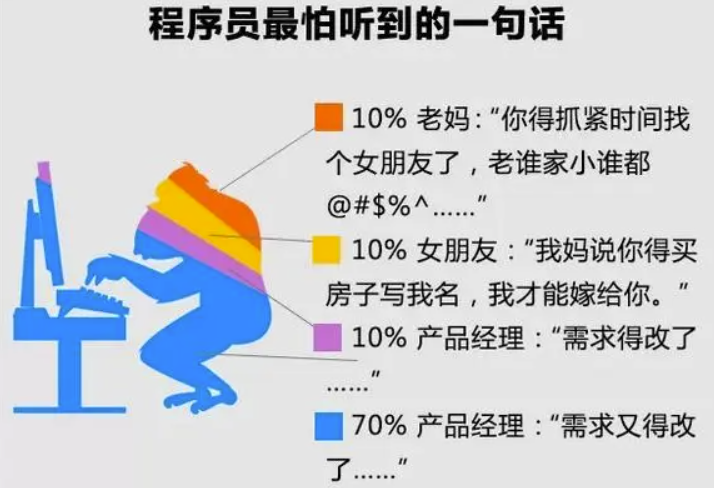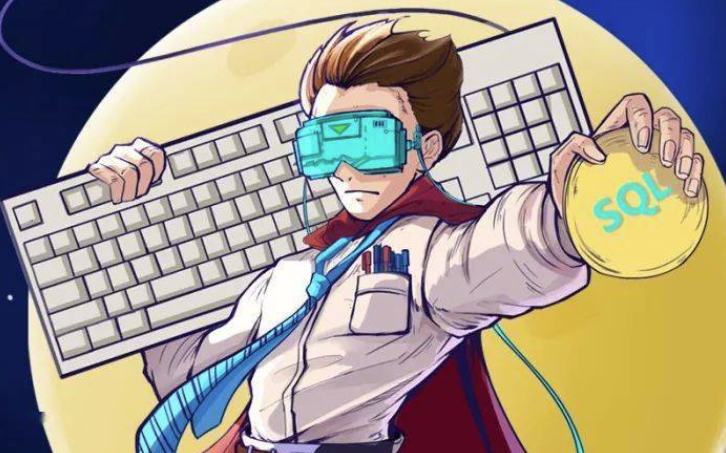Virtual reality, commonly referred to as VR, is a technology that creates a simulated environment through which users can interact with digital content in a realistic manner. The concept of virtual reality has been around for decades, but it was not until recent years that the technology became advanced enough to make it a practical application. Today, virtual reality is used in various fields such as entertainment, healthcare, education, and even military training.
The idea of creating an immersive experience has long been a fascination for humans. The earliest examples of this can be seen in paintings from thousands of years ago where artists tried to create depth and perspective on two-dimensional surfaces. In the 1800s, stereoscopic images were created by taking two images and viewing them through a device that allowed each eye to see one image at a time, thereby creating the illusion of three dimensions.
The first real breakthrough in virtual reality came in the mid-1960s when Ivan Sutherland created the first head-mounted display (HMD), which was called “The Sword of Damocles.” This early prototype consisted of a heavy headset attached to the ceiling with wires that tracked head movement. Although primitive by today’s standards, this invention set the stage for further advancements in VR technology.
In 1991, Sega introduced “Sega VR,” which was an HMD designed for use with their gaming console. However, due to technical limitations and safety concerns regarding motion sickness and eye strain, this product never made it past its prototype phase.
It wasn’t until the early 2010s that virtual reality began gaining traction again due to significant advancements in computer processing power and graphics rendering capabilities. Oculus Rift was one of the first commercially available VR headsets that captured public attention when it launched its Kickstarter campaign in August 2012. With funding from backers including Facebook founder Mark Zuckerberg, Oculus Rift released its first consumer version in 2016.
Since then, numerous other companies have released their own VR headsets, including HTC Vive, Samsung Gear VR, and Google Daydream. These products have allowed users to experience virtual reality in ways never before possible.
One of the most significant applications of virtual reality is in the entertainment industry. Video games are one of the primary forms of entertainment that utilize VR technology. The immersive experience created by VR allows players to feel as if they are part of the game world. This technology has also opened up new possibilities for film and television. Some studios have already started experimenting with creating immersive experiences using virtual reality, allowing viewers to be transported into a 360-degree environment where they can interact with the content.
Another field where virtual reality has had an impact is healthcare. Medical professionals are using this technology to train doctors and surgeons in a safe and controlled environment before working on actual patients. This not only helps improve patient safety but also increases efficiency by reducing training time.
Virtual reality is also being used for therapy purposes. For example, it has been found effective in treating anxiety disorders such as post-traumatic stress disorder (PTSD) by exposing patients to simulated environments that trigger their anxiety response. By gradually increasing exposure levels over time, patients can learn coping mechanisms and eventually overcome their fears.
Education is another area where virtual reality has shown potential. Virtual classrooms can provide students with an immersive learning experience that makes topics more engaging and interactive. They can explore concepts that would otherwise be difficult or impossible to demonstrate in real life, such as visiting historical sites or traveling through space.
In addition to these practical applications, virtual reality is also being used for artistic expression and social engagement. Artists are creating immersive installations that allow people to explore new perspectives and ideas in a unique way. Social VR platforms such as AltSpaceVR and Facebook Horizon allow users from around the world to connect and interact in virtual spaces.
However, there are still some challenges that need to be addressed before virtual reality becomes mainstream. One of the most significant issues is cost. VR headsets and equipment can be expensive, making it difficult for some people to access this technology. Additionally, there are still concerns regarding the potential long-term effects on eye health, as well as motion sickness and other physical discomforts that some users experience.
In conclusion, virtual reality has come a long way since its inception in the 1960s. With advancements in technology and hardware, virtual reality has shown incredible potential in various fields such as entertainment, healthcare, education, and social engagement. While there are still challenges to overcome before it becomes mainstream, the future looks promising for this exciting technology.





















